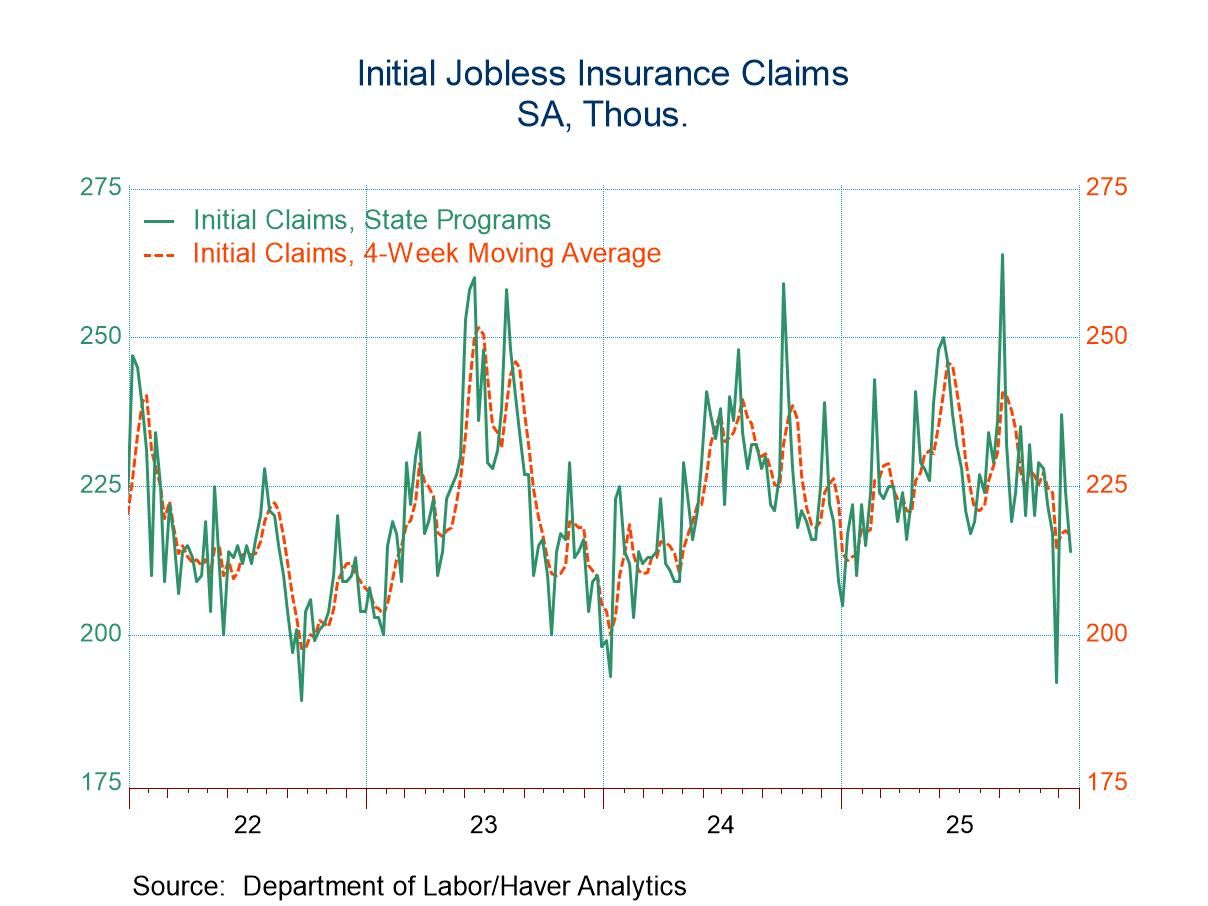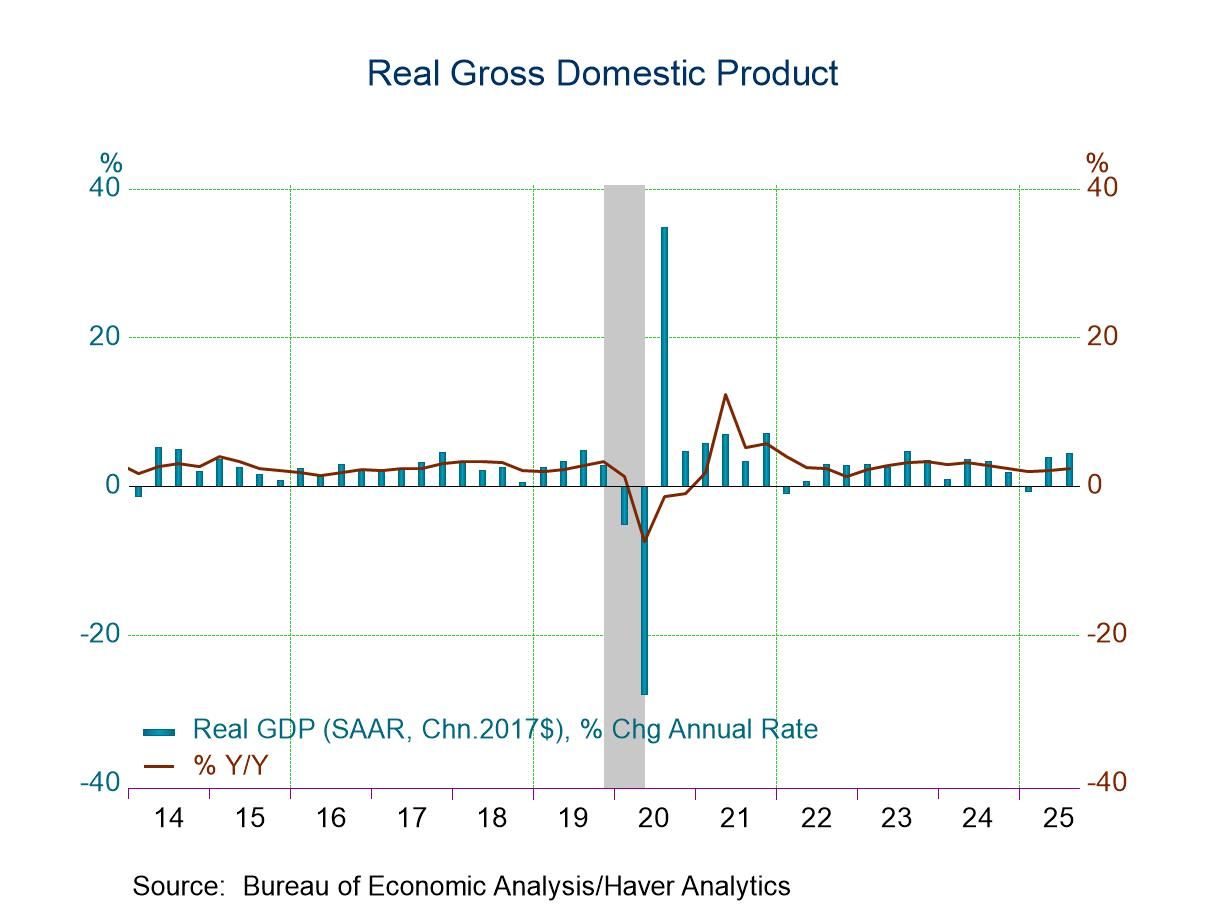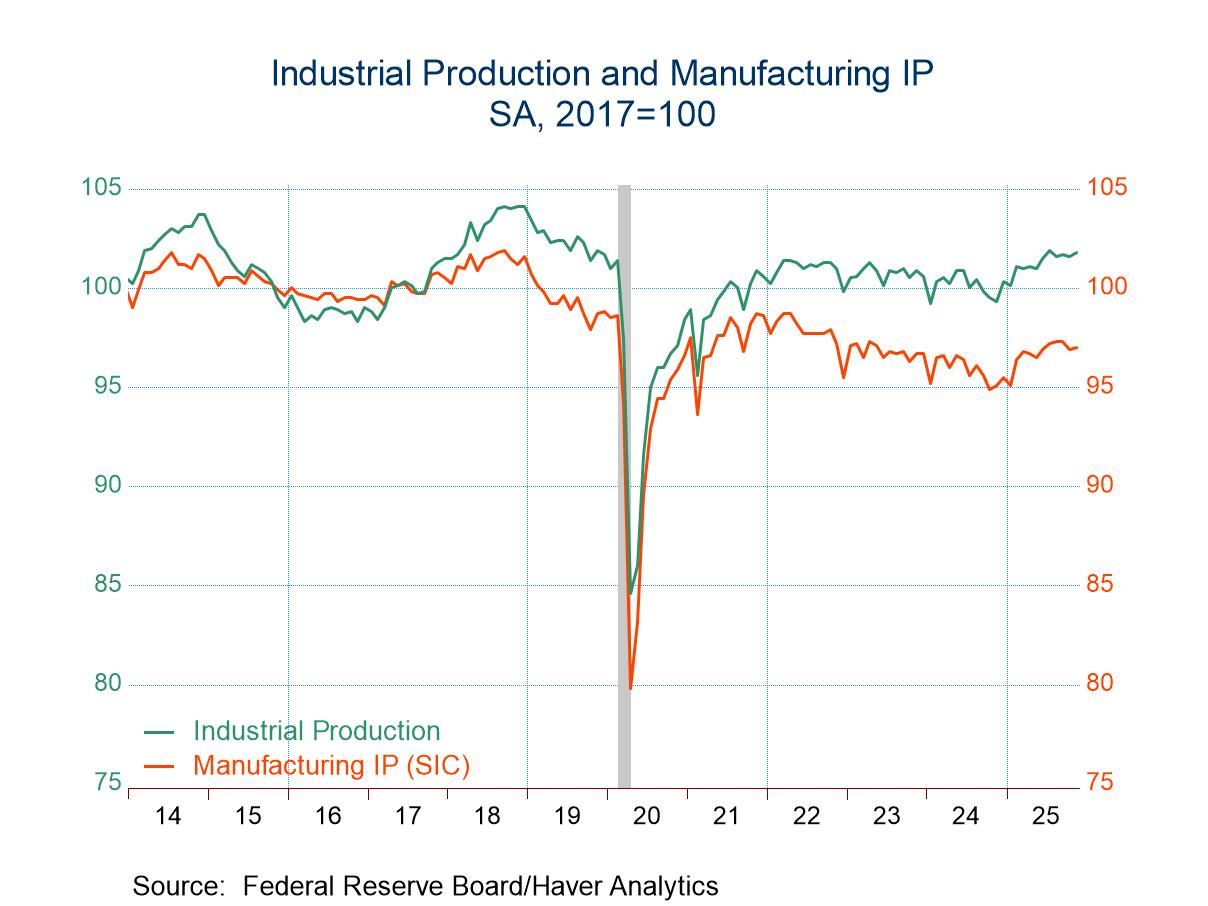Belgian Bank Index Shows Still Weak Industry

The Belgian National Bank index in July weakened to -12.3 from -11.1 in June. The -12.3 reading is the weakest since it was -12.8 in February. The index has not weakened greatly; however, instead it has languished in the -10 to -11 region. July stepped down to the -12 region, indicating ongoing morass for Belgian industry. The three-month change in the index worsened by 0.4 points; however, over six months it improved by 4.1 points, but over 12 months it improved by only 2.5 points. There is some improvement in the history, but the improvement over six months is stronger than over 12 months, a good sign except that over three months some of that gain has been given back. This leaves the trend in an uncertain situation.
The standing for the index is in its 14.3 percentile which leaves it very low in its queue of historic readings. Manufacturing alone has a 17-percentile standing, slightly better than for total industry, but still not too different from the total industry mark that is poor.
Manufacturing worsened in July to -14.9 from -13.1 in June. The production trend for manufacturing, however, has improved slightly, rising from -3 in May to -2 in June to -1 in July. The July reading is its best since a rogue improvement brought the index to zero in March. Setting that aside, this is the strongest reading since June 2023.
The domestic order trend, on the other hand, is weak and somewhat worrisome. In May the reading was -7; in June it fell sharply to -19 and in July it stayed in that region with the -20 reading. The domestic portion of demand for Belgian industry has weakened significantly in the last two months and stayed at that weaker posture.
Foreign demand during this period weakened as well. The foreign order trend in May was 0 that weekend -5 in June and improved only slightly to -4 in July.
Price trends show negative readings in May and June that turned to a positive reading of plus one in July.

Evaluating these trends: The percentile standings for these trend readings show the production trend has a relatively firm 44.4 percentile standing, below the median which occurs at a ranking of 50 but not far from the median. However, the domestic order trend has only a 6.1 percentile standing which is quite worrisome; that compares to a foreign order standing that is much better at the 41.3 percentile mark. However, that is still below its historic median. Prices have an above-median reading at their 52.9 percentile indicating that price pressures are slightly greater than their medium historically.
The current assessment for orders: This assessment shows total orders in July at a reading of -37 compared to negative readings of -33 in June and -32 in May. Total orders have a queue percentile standing (rank standing) in their 9.1 percentile, a very weak reading. Foreign orders slipped slightly to -33 in July, compared to readings of -31 in both June and May. They have a 17-percentile standing historically in July. Inventories show building that has increased in the face of weakening orders. This looks like unintended inventory building; the inventory building has approximately a 64-percentile standing, an above median score.
Other business sectors: Retailing & wholesaling, construction, and business services continue to provide weak readings. Wholesaling & retailing have a 5.2 percentile standing on their July reading. Construction has a 19-percentile reading; business services have a nearly 27-percentile reading. The services portion of the business sector is doing better than the other sectors, but still quite poorly. In July wholesaling & retailing slipped to -22.2 in July from -21.5 in June. The reading for construction improved to -9.6 in July from -11.4 in June. The business services sector scored a zero reading in July after moving into positive territory in June and posting a 1.4 reading, a positive reading it could not maintain.
On balance, the Belgian survey continues to show weak levels of activity and a great deal of weakness in both domestic and foreign orders with weakness concentrated more in the domestic part of the economy. Inflation continues to be somewhat firmer and it's growing in Belgium slightly faster than in the European Monetary Union but as a diffusion reading in the survey inflation is only very modestly above its historic median.
Robert Brusca
AuthorMore in Author Profile »Robert A. Brusca is Chief Economist of Fact and Opinion Economics, a consulting firm he founded in Manhattan. He has been an economist on Wall Street for over 25 years. He has visited central banking and large institutional clients in over 30 countries in his career as an economist. Mr. Brusca was a Divisional Research Chief at the Federal Reserve Bank of NY (Chief of the International Financial markets Division), a Fed Watcher at Irving Trust and Chief Economist at Nikko Securities International. He is widely quoted and appears in various media. Mr. Brusca holds an MA and Ph.D. in economics from Michigan State University and a BA in Economics from the University of Michigan. His research pursues his strong interests in non aligned policy economics as well as international economics. FAO Economics’ research targets investors to assist them in making better investment decisions in stocks, bonds and in a variety of international assets. The company does not manage money and has no conflicts in giving economic advice.






